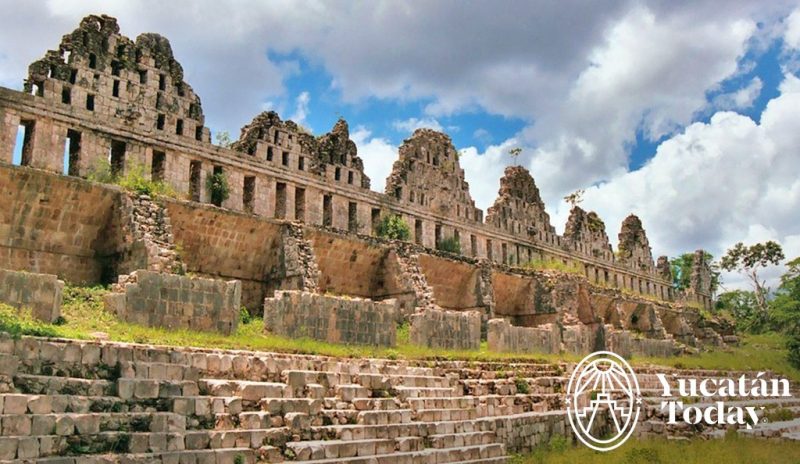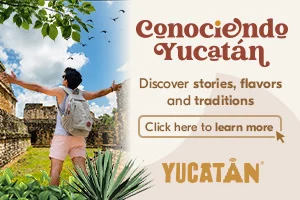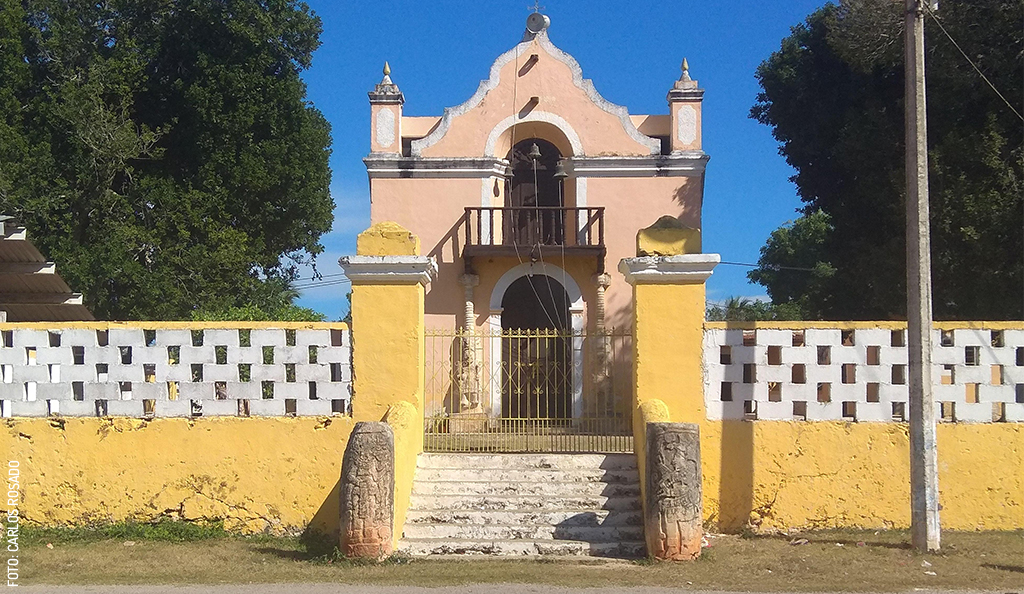
Syncretism in the Puuc: Of Churches and Stellae
My love for Maya archaeology stretches back to when I was little and would accompany my father on tours he’d give to American and European visitors. This passion has stayed with me my entire life and as a result, I can confidently say - without bragging - that even for a native Yucateco, I am particularly well-traveled in the Maya world having visited well over 100 sites across México, Guatemala, Honduras, Belize, and El Salvador . Though there are still many sites on my bucket list, it is not often that I learn of one that would not require several hours or days of travel through the jungle.
While doing some reading about the Maya city of Oxkintok, I came across information on a small community called Paraíso near Maxcanú. According to the article, the site has 12 distinct Puuc-style architectural groups; however decades - if not centuries - of looting had severely damaged the ancient settlement. Intrigued, I made my way to Paraíso and although the town seemed quite charming, I couldn’t immediately spot any evidence of its ancient past. This was until I found myself under a great Ceiba located in a field between the remains of an old hacienda and the town's church. After inspecting the church, I quickly realized that I was in the presence of something special.
Stones with glyphs and an eroded human figure adorned the wall surrounding the church. On the facade, even more carved stones and a couple statues were standing guard on either side of the main entrance. As I made my way to the side of the construction, I spotted a gate left ajar and even more carved stone figures. I approached and noticed that although they were clearly reminiscent of sculptures found in nearby Oxkintok, they had been adorned with elements such as crosses and spiral columns.
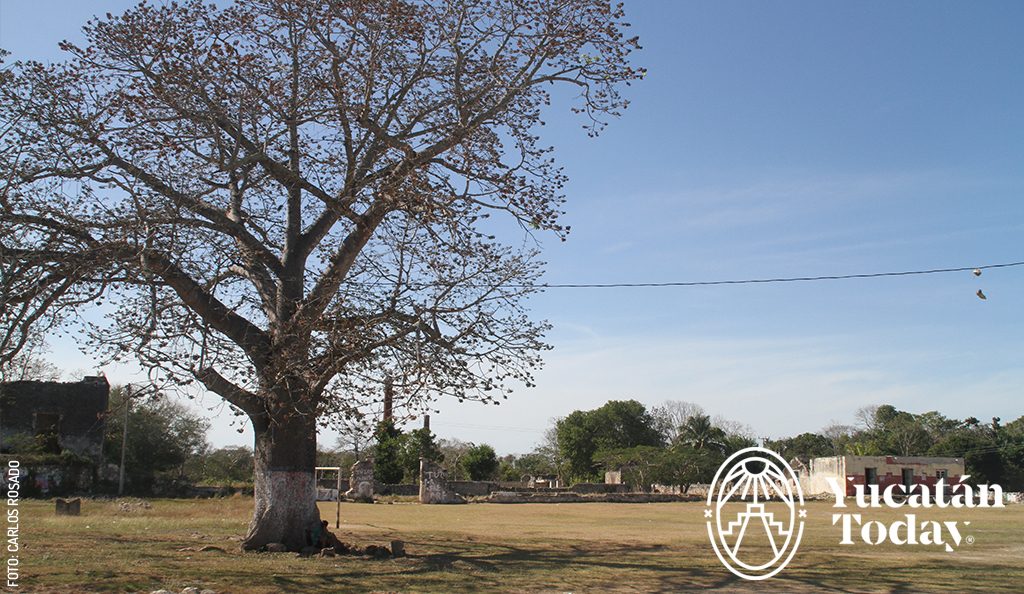 I became aware that I was being watched by an old man. He approached and informed me that the people of Paraíso felt great pride for their church and were ever vigilant of those who may want to further loot the area of its treasures. He mentioned that most of the Maya structures had been leveled in the early 20 century, but that the townsfolk had managed to retrieve several artifacts and placed them in the church - apparently built in 1893 - to protect them. Walking into the surrounding fields reveals the evidence of the mounds described by archaeologists, however, unless you have a keen interest in archaeology, I am afraid there is not much left to see. If you decide to visit - and I would encourage you to do so - please be mindful of the community's history and be respectful.
I became aware that I was being watched by an old man. He approached and informed me that the people of Paraíso felt great pride for their church and were ever vigilant of those who may want to further loot the area of its treasures. He mentioned that most of the Maya structures had been leveled in the early 20 century, but that the townsfolk had managed to retrieve several artifacts and placed them in the church - apparently built in 1893 - to protect them. Walking into the surrounding fields reveals the evidence of the mounds described by archaeologists, however, unless you have a keen interest in archaeology, I am afraid there is not much left to see. If you decide to visit - and I would encourage you to do so - please be mindful of the community's history and be respectful.
Paraíso is a great example of cultural syncretism in Yucatán and its church stands as a monument to the nature of our state and its Mestizo people; a mix of the old and the new, the ancient and the modern.

Author: Carlos Rosado van der Gracht
Coming from a Mexican/Canadian family, Carlos Rosado van der Gracht is an adventure travel guide, blogger, and photographer with studies in Multimedia, Philosophy, and Translation.
Receive the latest articles and much more from the best of Yucatán in your email!
Related articles
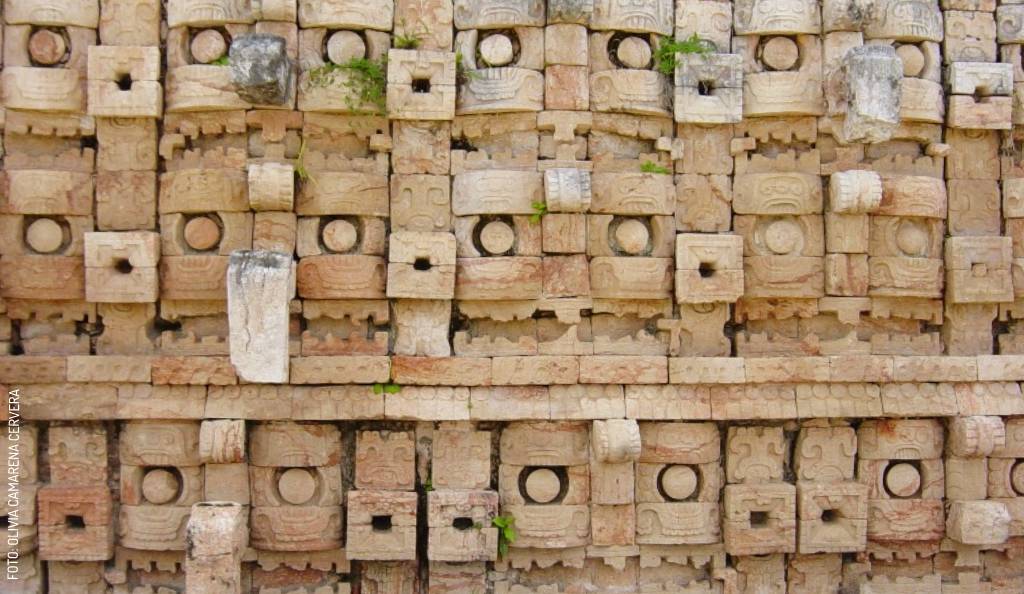
Maya Architectural Styles You Can Find in Yucatán
The most common Mayan architectural styles in Yucatan are the Puuc, Chenes, and Toltec styles.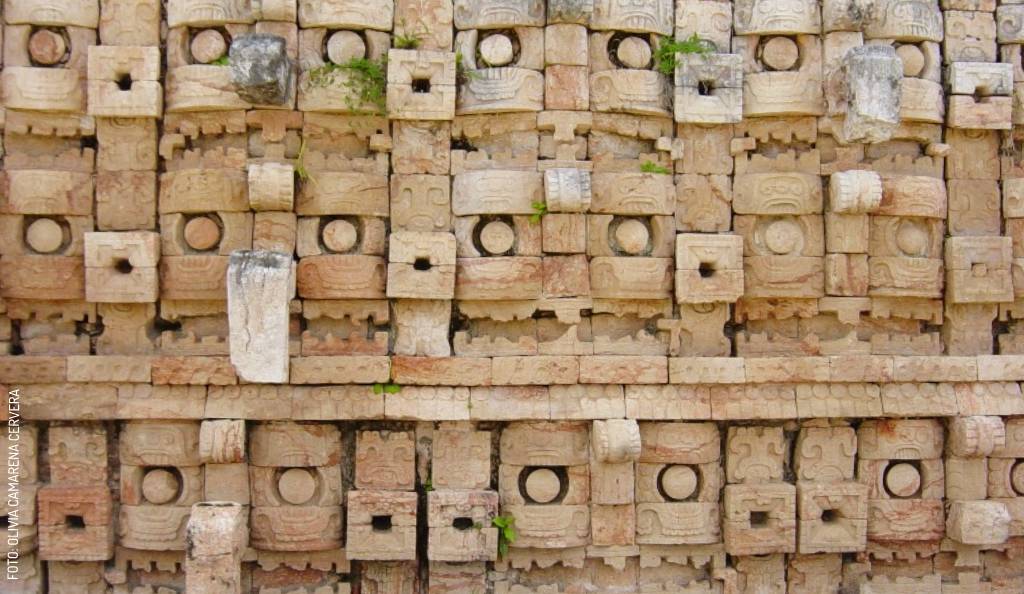
The Many Styles of Maya Architecture
Maya architecture shares features that include the use of corbelled archways, monumental stairway, and richly decorated exteriors.